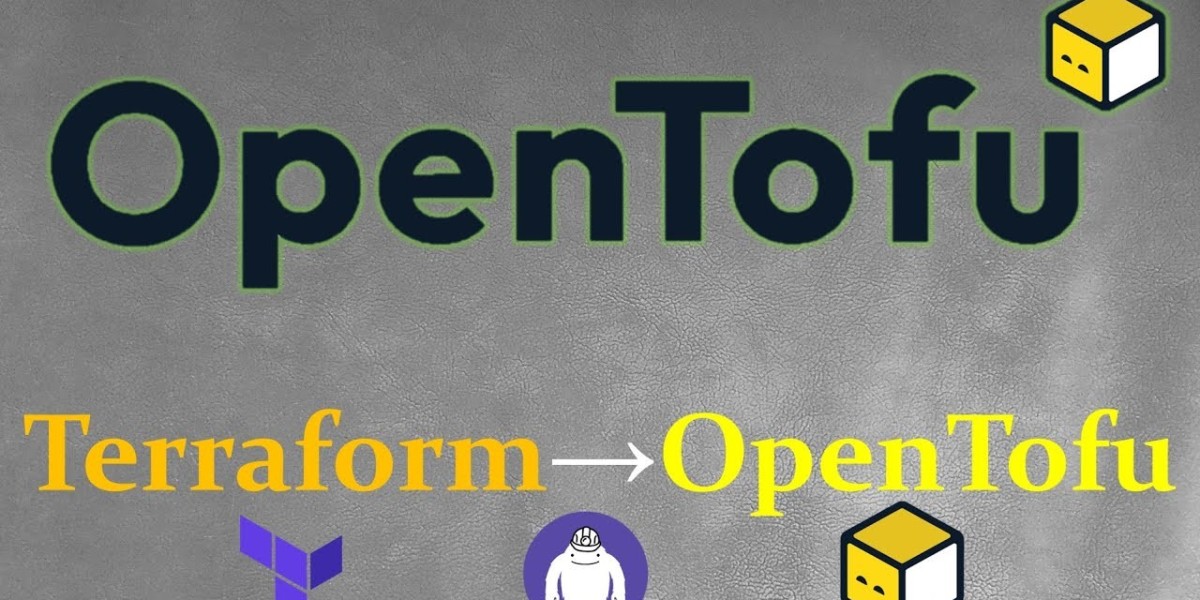As infrastructure as code (IaC) becomes a critical part of cloud automation, choosing the right tool to manage infrastructure efficiently and openly has never been more important. For years, Terraform has been the go-to solution. However, with HashiCorp’s shift to a business source license (BSL), the open-source community responded with a fully open and community-driven alternative: OpenTofu.
In this article, we’ll break down OpenTofu vs Terraform, explore their origins, differences, and similarities, and help you determine which tool aligns best with your team’s goals.
What Is Terraform?
Terraform, created by HashiCorp, is a widely used IaC tool that lets users define and provision infrastructure using a declarative configuration language called HCL (HashiCorp Configuration Language). It supports a wide range of cloud providers including AWS, Azure, and Google Cloud, and uses a plugin-based architecture to manage resources across multiple platforms.
Terraform quickly gained popularity due to its simplicity, scalability, and robust community. However, the licensing shift in 2023 raised concerns in the open-source ecosystem.
The Emergence of OpenTofu
In response to Terraform’s BSL licensing, a group of industry leaders—including contributors from companies like Gruntwork, Harness, and Env0—forked Terraform and launched OpenTofu. Backed by the Linux Foundation, OpenTofu aims to preserve the open-source nature of the original Terraform project while continuing to innovate and maintain community governance.
The initiative has rapidly gained traction and is now seen as the future-proof, vendor-neutral alternative for teams that prioritize open collaboration and transparency.
OpenTofu vs Terraform: Key Differences
While OpenTofu and Terraform started from the same codebase, there are several distinctions emerging between the two. Here’s a closer look:
1. Licensing and Governance
Terraform now operates under the Business Source License (BSL), which restricts use in certain commercial scenarios.
OpenTofu is licensed under the Mozilla Public License 2.0 (MPL 2.0), ensuring it remains free and open-source for all users.
The licensing model is one of the primary drivers behind the migration from Terraform to OpenTofu. If you want complete freedom to use, fork, and extend your IaC tooling, OpenTofu is the clear choice.
2. Community Involvement
Terraform is maintained and controlled by HashiCorp, with limited input from the broader open-source community.
OpenTofu is governed by the Linux Foundation, welcoming contributions, transparency, and open decision-making.
The community-first model of OpenTofu ensures that innovation is driven by the needs of real users rather than a single vendor's roadmap.
3. Compatibility and Migration
At its current stage, OpenTofu is fully backward-compatible with Terraform configurations and modules. Migrating from Terraform to OpenTofu requires minimal effort—just switching the binary and updating the provider sources if needed.
For teams already using Terraform but concerned about future restrictions or development directions, OpenTofu provides a reliable migration path without breaking changes.
4. Innovation Roadmap
Terraform’s future feature set is closely tied to HashiCorp’s product suite, which may prioritize enterprise use cases or integrations with their commercial offerings.
OpenTofu is already working on features that the community has long requested, including state encryption, drift detection improvements, and more advanced testing capabilities.
As OpenTofu matures, it’s expected to diverge further from Terraform with more community-driven features and faster innovation cycles.
Why Teams Are Switching to OpenTofu
The move from Terraform to OpenTofu isn’t just about licensing—it’s about strategic alignment. Here are the top reasons teams are making the switch:
Vendor neutrality: No lock-in or risk of pricing surprises down the road
Community governance: Decisions are made openly and transparently
Open innovation: Features evolve based on user needs, not proprietary interests
Future-proofing: As Terraform evolves under a restricted license, OpenTofu remains open and adaptable
Challenges to Consider
That said, OpenTofu is still in early development relative to Terraform’s long-standing ecosystem. While the transition is easy, organizations may face short-term challenges such as:
Documentation maturity: OpenTofu’s docs are catching up with Terraform’s extensive resources
Ecosystem tools: Not all Terraform-integrated tools have official support for OpenTofu (yet)
Enterprise features: Companies using HashiCorp’s paid Terraform features may need to rethink parts of their DevOps workflow
However, the fast-growing OpenTofu community is actively closing these gaps—and many see this as a temporary phase before the ecosystem fully blossoms.
Which One Should You Choose?
When comparing OpenTofu vs Terraform, the right choice comes down to your priorities:
Choose Terraform if you’re already invested in the HashiCorp ecosystem and don’t mind the BSL licensing model.
Choose OpenTofu if you value open-source governance, want to avoid licensing restrictions, and prefer to be part of a growing, collaborative community.
At Kapstan, we recommend OpenTofu for most teams starting new IaC projects. Its open governance, compatibility with Terraform, and promising roadmap make it a strong foundation for scalable infrastructure.
Final Thoughts
The rise of OpenTofu vs Terraform represents more than just a licensing fork—it’s a shift in how infrastructure is managed and governed. For teams that prioritize transparency, openness, and long-term flexibility, OpenTofu offers a compelling path forward.
As the open-source IaC movement continues to gain steam, Kapstan is committed to helping companies adopt the best tools for the job. Whether you're planning a new cloud deployment or transitioning from Terraform, our team is here to guide you every step of the way.
Looking to migrate from Terraform to OpenTofu? Kapstan can help you do it right.








